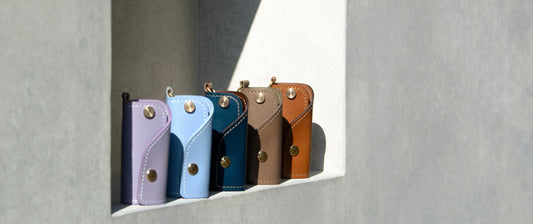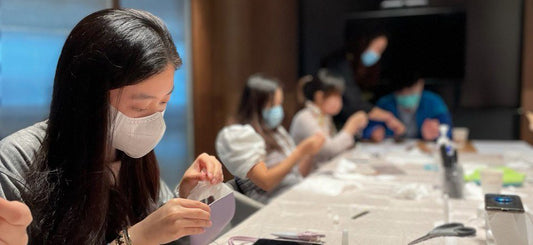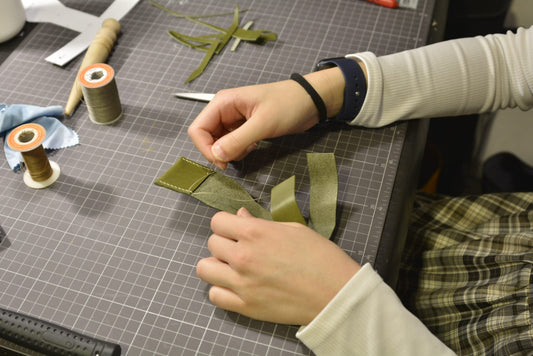
How to Tell the Difference between Genuine & Faux Leather in 3 Steps
Share
Many people think that when a product is labeled as "made with leather," it must be genuine leather. But it's essential to understand that both faux and genuine leather items can be labeled as "leather," leading to confusion among consumers trying to tell them apart.
Let's break down what genuine and faux leather are and explore easy ways to distinguish between them.
Understanding Genuine and Faux Leather
Genuine Leather: Known as "Real Leather," it comes from animal hides like cows, deer, horses, and sheep.
Faux Leather: Also called "Vegan Leather" or "PU Leather," it's artificially made from synthetic materials to mimic real leather.
1. Durability, Strength and Uniqueness
The main difference lies in durability. Genuine leather lasts much longer than faux leather. Genuine leather goods can endure for 10-20 years, while faux leather items typically last only 2-3 years. Apart from lasting longer, genuine leather is also stronger than faux leather. Genuine leather is more resilient and durable, making it better at withstanding wear and tear compared to faux leather. Genuine leather has unique features like stretch marks, scars, and veins, giving it a special appeal. Faux leather, in contrast, has uniform, artificial patterns.
2. Environmental Considerations
Despite the belief that faux leather is more eco-friendly because it's "vegan," it has its drawbacks. Faux leather's shorter lifespan and slow degradation release toxic chemicals. Genuine leather, a by-product of the food industry, is more biodegradable.
Spotting Genuine vs. Faux Leather
1. Ask the Right Question
Instead of asking if it's leather, find out the animal hide it comes from to determine if it's genuine or faux.
2. Check the Edges
Genuine leather shows multiple layers at the edges due to its animal origin, while faux leather has flat, smooth edges.
3. Do the Flip Test
Genuine leather feels stiffer due to its complex fiber structure, unlike the more flexible faux leather.

**To avoid damage, conduct flip tests on inconspicuous areas of the leather goods.**
Cautions on Common Methods while Distinguishing "Leather"
1. Avoid the Smell Test
Some faux leather now has artificial scents to mimic genuine leather, making the smell test unreliable.
2. Avoid the Touch Test
Manufacturing advancements allow faux leather to replicate real leather textures, making the touch test less reliable.
3. Avoid the Burn Test
While burning can distinguish between genuine and faux leather, it's not practical for assessing goods before purchase.
Understanding these methods' limitations helps you make better decisions when differentiating between genuine and faux leather.




